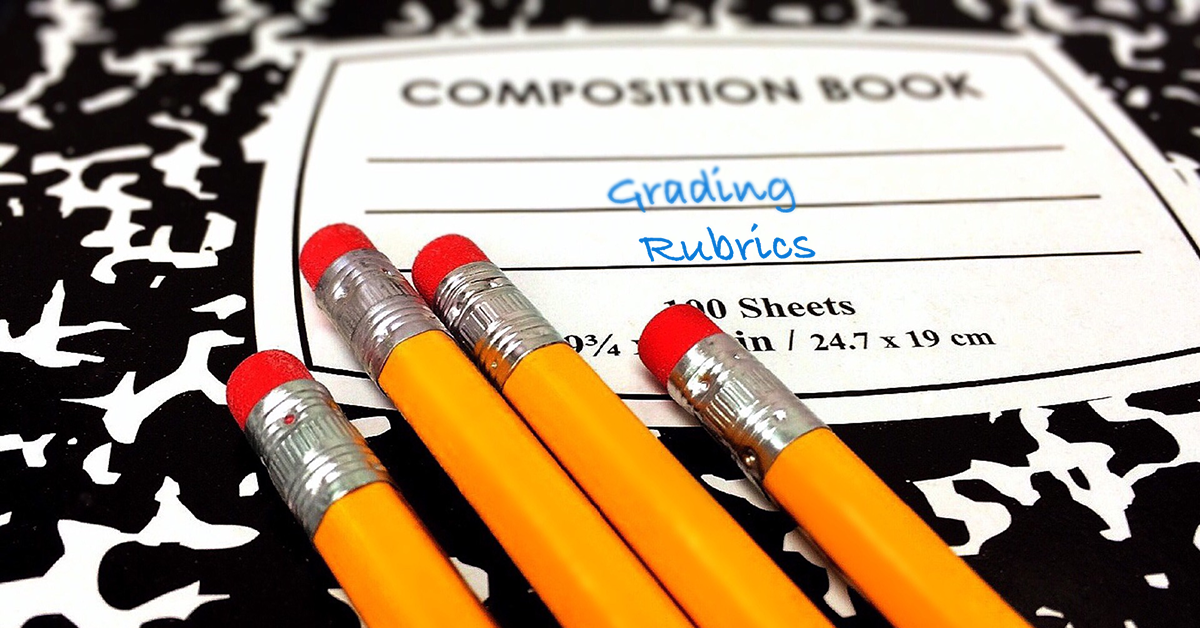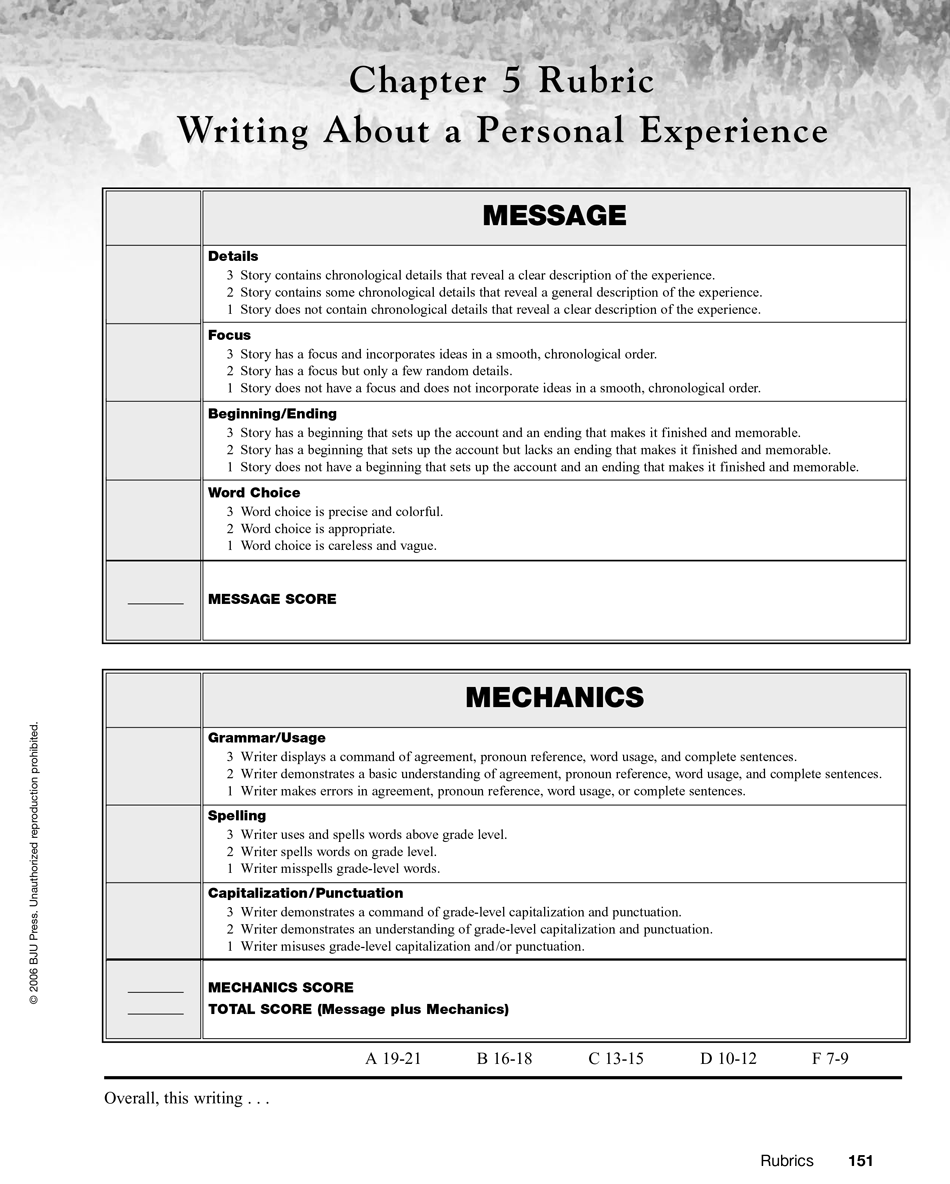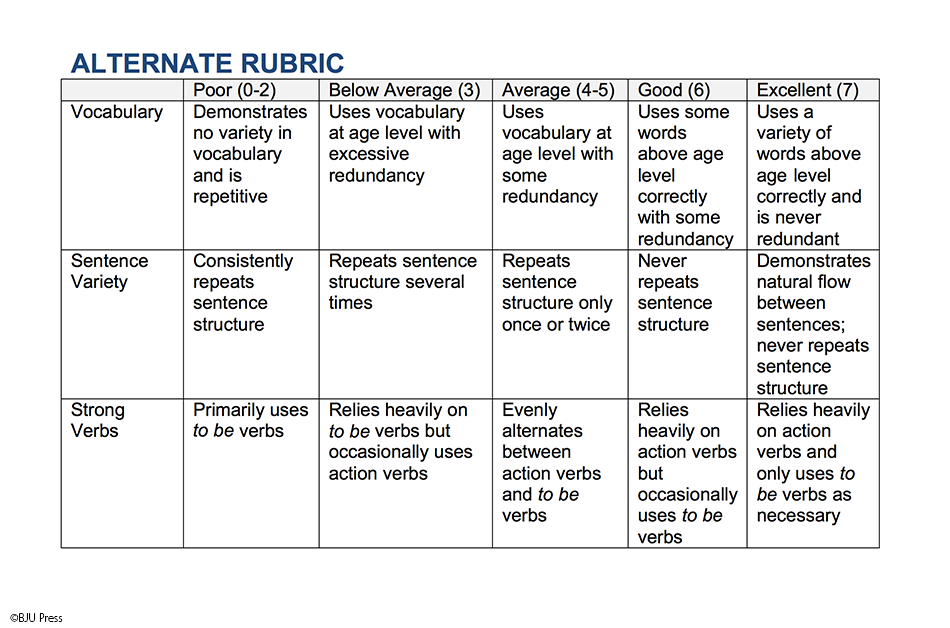
Textbooks, notebooks, binders, handouts, tablets, portable DVD players, pencils, manipulatives, art supplies—these are the things that crowd your homeschool space. With all that stuff lying around, it can seem cluttered and overwhelming. How can learning happen with so many distractions? Decluttering is a great idea, but you can’t get rid of any of those things because they’re a part of your homeschool.
One of the first things I discovered when I got my own place was that as life goes on, things accumulate. And you can’t always get rid of them. That’s where the old adage, “a place for everything and everything in its place,” comes into play.
The more you take the time to find homes for your homeschool materials—or anything else in your house—the less cluttered it will seem. So how do you find homes for all your homeschool materials?
Find a setup that works for your family
The space you use for homeschooling changes where you’re going to put things. If you have a whole room dedicated to homeschooling, then you may have more storage space. If your whole house is your homeschool space, then you may be able to store your materials wherever they seem most natural. And if your dining room table doubles as your homeschool space, you may have to get creative about storing your books.
Check out what some other homeschool moms have done with their homeschool spaces. You might get a great idea!
Invest in storage equipment
Sometimes, the difference between an organized space and a cluttered mess is having things to put other things in. What will work best for you—bookshelves or storage-cubes? How are you going to keep track of the little things? If you like the office look, you might go for mini drawer sets that sit on top of a desk. If you’re crafty, mason jars with cute labels can make perfect desk organizers.
Here are three tips for keeping your homeschool space decluttered and organized.
Feel free to be creative when decluttering
There are plenty of storage issues that you’ll run into as you go. You can’t plan for everything, but you can make the decision to be creative in getting to a solution. Here are some ideas you can think about ahead of time.
Decluttering doesn’t always mean discarding things. If all your possessions have homes to go to, then decluttering your house just means putting everything back in its place. And when everything has a place to go to, cleaning gets a lot easier.


